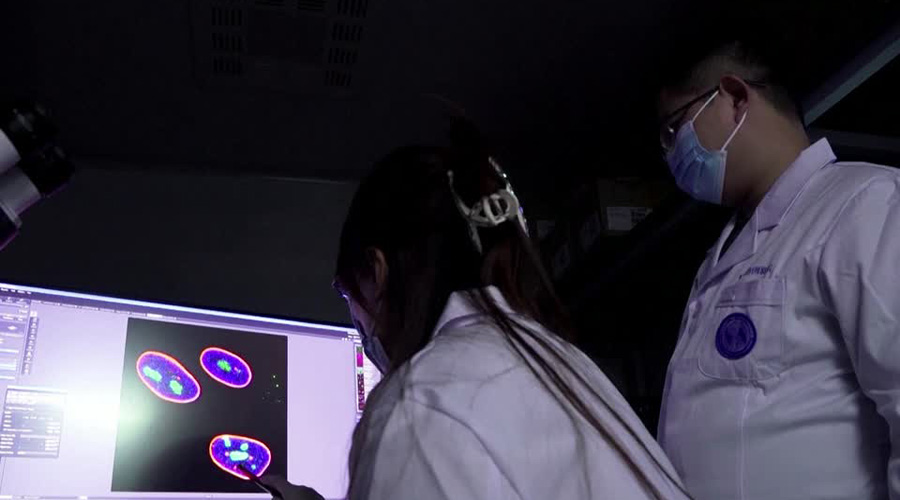Chinese scientists have developed a new gene therapy that can reverse some of the effects of ageing in mice and extend their lifespans, same treatment is expected to be applied on Humans one day.
The method, detailed in a paper in the Science Translational Medicine journal earlier this month, involves inactivating a gene called kat7 which the scientists found to be a key contributor to cellular ageing.
According to the co-supervisor of the project Professor Qu Jing, a specialist in ageing and regenerative medicine from the Institute of Zoology at the Chinese Academy of Sciences (CAS), “the specific gene therapy they used and the results were a world first.”
“These mice show after six to eight months overall improved appearance and grip strength and most importantly they have [an] extended lifespan for about 25 percent.”
Read more: Japan firm new facial recognition system identifies people through masks
The method, CRISPR-Cas9 was used to screen thousands of genes for those which were particularly strong drivers of cellular senescence. After using the CRISPR-Cas9 method by team of biologists from different CAS departments, they recognized 100 genes out of around 10,000, and kat7 was the most efficient at contributing to senescence in cells, Qu said.
Moreover, Kat7 is one of tens of thousands of genes found in the cells of mammals. The researchers inactivated it in the livers of the mice using a method called a lentiviral vector.
“We just tested the function of the gene in different kinds of cell types, in the human stem cell, the mesenchymal progenitor cells, in the human liver cell and the mouse liver cell and for all of these cells we didn’t see any detectable cellular toxicity. And for the mice, we also didn’t see any side effect yet.”
“It’s still definitely necessary to test the function of kat7 in other cell types of humans and other organs of mice and in the other pre-clinical animals before we use the strategy for human ageing or other health conditions,” he said.
He concluded, “In the end, we hope that we can find a way to delay ageing even by a very minor percentage […] in the future.”





















